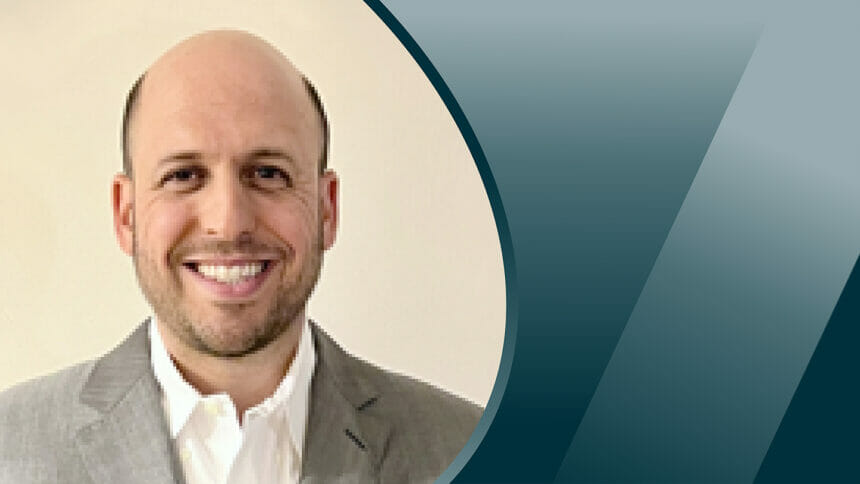
Infection control within nursing homes is paramount to the health and well-being of residents, who are often more vulnerable to diseases due to age-related factors and pre-existing conditions. Effective hygiene and cleaning protocols play a critical role in reducing infections and ensuring a safe environment for both residents and staff.
In this article, we’ll delve into the necessity for proactive approaches, strategic communication, and the importance of sustainable cleaning practices in nursing homes.
Proactive approaches and regular updates on infection control protocols
In nursing homes where patients are often in need of basic living and medical assistance, facilities must adopt a proactive approach to hygiene and infection control.
This involves not just the implementation of rigorous cleaning protocols but also regular updates and communication of these measures. There are several reasons for this necessity:
- High vulnerability: Residents in nursing homes typically have weaker immune systems, making them more susceptible to infections. Regular updates on infection control protocols ensure that the facility is always prepared to tackle emerging threats, such as new strains of viruses or antibiotic-resistant bacteria.
- Preventing outbreaks: A proactive approach helps in identifying potential risks before they escalate into full-blown outbreaks. Regular monitoring and updating of protocols can mitigate the spread of infections, protecting both residents and staff.
- Regulatory compliance: Health regulations for nursing homes are stringent. Keeping infection control protocols up-to-date ensures compliance with these regulations, avoiding potential legal issues and penalties.
Strategy for communicating hygiene and infection control measures
Effective communication is crucial for ensuring that all stakeholders – including staff, residents and their families – are aware of and understand the facility’s hygiene and infection control measures.
Here are some strategies for effective communication:
- Transparency: Be open about the facility’s hygiene protocols and infection control measures. Regularly share updates through newsletters, emails and the facility’s website. Also, it’s important to remember that some older residents (and their loved ones) may not be as internet savvy as others, so “old school” methods of communication like phone calls, in-person visits and flyers throughout the building should be part of your communication strategy as well.
- Education and training: Conduct regular training sessions for staff to keep them informed about the latest infection control practices. Educational workshops for residents and their families can also help in building trust and understanding.
- Feedback mechanism: Establish a feedback system where staff, residents and families can express concerns or suggest improvements. This not only helps fine-tune the protocols but also involves everyone in the infection control process.
Importance of sustainable cleaning protocols
Sustainable cleaning protocols are increasingly becoming essential in nursing homes, not just for environmental reasons but also to gain the trust of residents’ families. Here’s why they matter:
- Health benefits: Sustainable cleaning products are typically free from harsh chemicals, reducing the risk of respiratory issues and skin irritations among residents. This is particularly important in a setting where many individuals may have underlying health conditions.
- Environmental impact: Eco-friendly cleaning practices help in reducing the facility’s carbon footprint. This is a significant consideration for families who are environmentally conscious and prefer facilities that share their values.
- Trust and confidence: Families are more likely to trust a facility that prioritizes the health and safety of its residents through sustainable practices. Demonstrating a commitment to green cleaning can enhance the facility’s reputation and appeal to potential residents and their families.
Adopting innovative and sustainable cleaning methods can differentiate a facility in a competitive market. Electrolyzed water (e-water) is gaining popularity as a safer and more effective alternative to traditional cleaning chemicals. Its use in various settings, including nursing homes, hospitals, schools and households, has been praised for its safety, sustainability and efficiency. Families looking for safe and environmentally responsible care for their loved ones may prefer facilities that use e-water.
Electrolyzed water is created by passing an electrical current through a mixture of water and salt. This process produces a solution of hypochlorous acid (a powerful disinfectant) and sodium hydroxide (a multi-purpose cleaner and heavy-duty degreaser). Unlike traditional cleaning chemicals, e-water solutions do not contain harmful substances such as ammonia, bleach or volatile organic compounds (VOCs).
The absence of toxic chemicals also means that e-water poses minimal risk of respiratory issues, skin irritations and allergic reactions that older residents can be particularly susceptible to.
By enhancing the quality of life for residents through proactive infection control, strategic communication, and sustainable cleaning protocols, we can offer peace of mind to families and the patients in their care.
Joshua Schwartz is the President and Co-Founder of Viking Pure Solutions, and is an active developer of medical real estate and supportive housing. Prior to Viking Pure, Schwartz was the President of an Article 28 Diagnostic and Treatment Center.
The opinions expressed in McKnight’s Long-Term Care News guest submissions are the author’s and are not necessarily those of McKnight’s Long-Term Care News or its editors.
Have a column idea? See our submission guidelines here.




